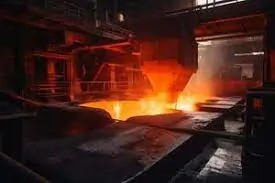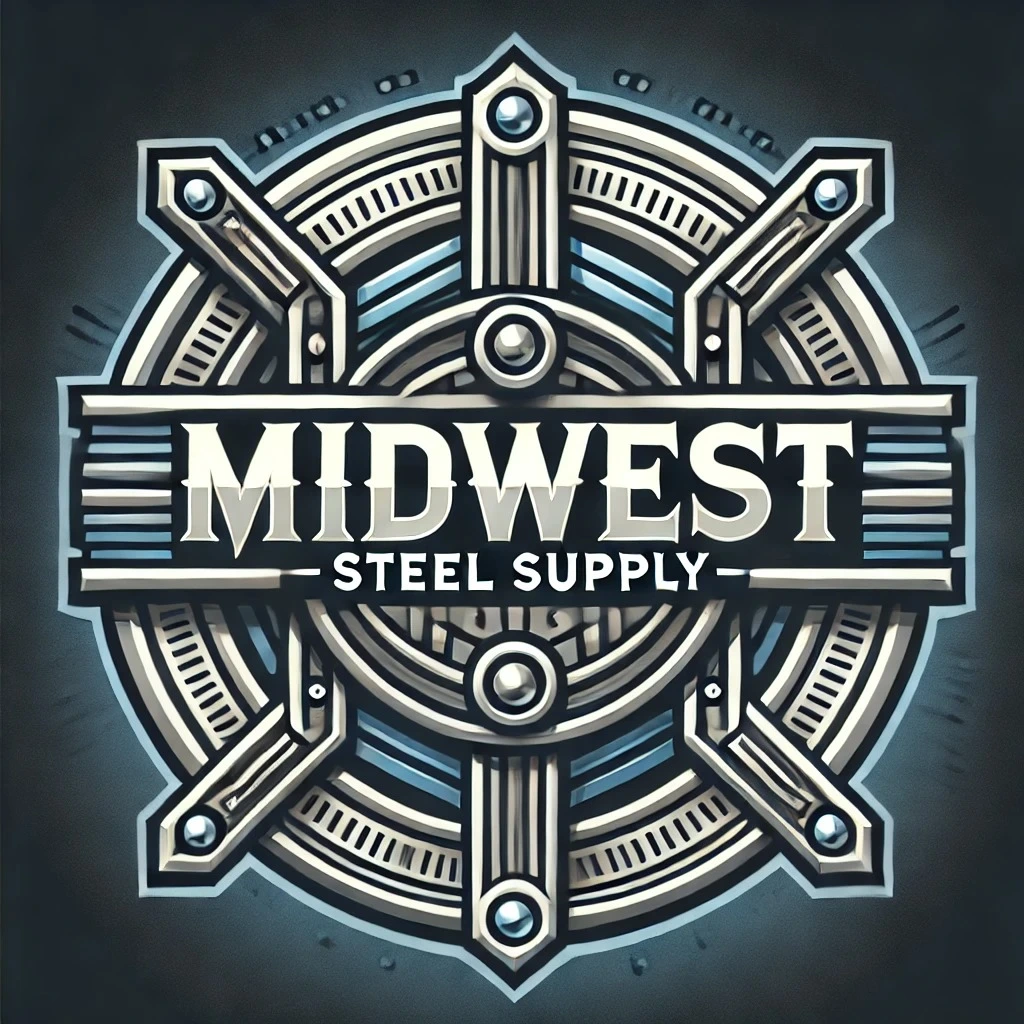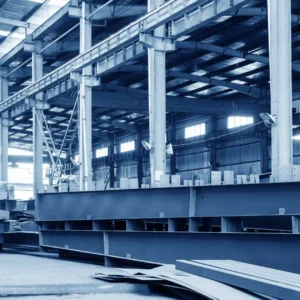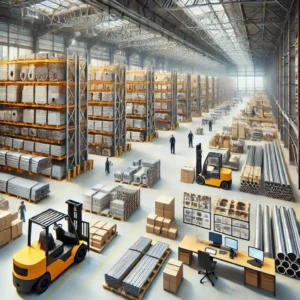China’s Steel Supply and Its Impact on the Asian Market

China’s steel supply continues to be the backbone of Asia’s industrial and infrastructural development. As the world’s largest producer of steel, China plays a central role not only domestically but across the entire Asian continent. The steel industry’s influence extends to countries such as India, Vietnam, Indonesia, South Korea, and the Philippines, where economic development and infrastructure projects are booming.
With growing urban populations, major infrastructure initiatives, and expanding manufacturing sectors, steel demand in Asia is increasing steadily. In this context, understanding China’s steel exports to Asia and its strategic positioning is essential for investors, governments, and industry leaders across the region.
The Dominance of China’s Steel Industry in Asia
China produces more than half of the world’s crude steel, with output exceeding 1 billion metric tons annually. The proximity of China to major Asian economies gives it a logistical advantage, allowing it to serve as the primary supplier for many countries in the region. From building materials and industrial machinery to automotive components and shipbuilding, Chinese steel products are deeply integrated into Asia’s value chain.
In 2023 alone, China exported nearly 70 million tons of steel, a significant portion of which went to Asia. Key recipients included South Korea, Vietnam, Thailand, Malaysia, and the Philippines. These exports meet the needs of countries with fast-growing construction and infrastructure projects, many of which are part of China’s Belt and Road Initiative (BRI).
Rising Steel Demand in Asia
Asia’s infrastructure growth is one of the biggest drivers of steel demand. Countries like India and Indonesia are investing billions in highways, metro systems, railways, energy grids, and airports. Southeast Asia, in particular, is witnessing a construction boom fueled by economic growth and foreign investment.
-
India, the second-largest steel producer globally, still imports significant volumes of high-quality flat steel and specialty products from China for its automotive and appliance sectors.
-
Vietnam has rapidly developed into an industrial hub and relies heavily on steel imports from China to fuel its manufacturing base.
-
Bangladesh, Sri Lanka, and Myanmar import Chinese rebar, coils, and wire rods to support major development projects.
This growing Asian steel market positions China as a central supplier due to its cost efficiency, large-scale production capacity, and advanced supply chain network.
Key Factors Shaping China’s Steel Exports to Asia
1. Price Competitiveness
Chinese steel remains cost-competitive due to lower labor costs, government subsidies, and access to bulk raw materials. Even with logistical costs, importing Chinese steel is often more economical than producing it domestically in smaller Asian countries.
2. Product Variety and Customization
From basic construction-grade steel to high-strength and specialty steel, Chinese manufacturers offer a wide range of products tailored to diverse industries across Asia. This versatility strengthens China’s export appeal.
3. Trade Agreements and Regional Cooperation
China has signed several regional trade agreements that facilitate steel exports across Asia, including the Regional Comprehensive Economic Partnership (RCEP). This agreement lowers tariffs and streamlines trade among 15 Asia-Pacific countries, boosting intra-regional steel trade.
4. Belt and Road Initiative (BRI)
Many Asian countries involved in BRI receive infrastructure investments from China, often bundled with steel supply contracts from Chinese firms. This gives China a strategic foothold in these markets.
Challenges and Shifting Trends in the Asian Steel Supply Chain
While China’s steel industry continues to lead, several trends and challenges are shaping the future of steel supply in Asia:
Overcapacity and Environmental Pressures
China is taking steps to reduce excess steel production capacity to curb pollution and meet its carbon neutrality goals by 2060. Steel production curbs may temporarily affect export volumes, potentially causing supply gaps in Asia.
Emergence of Regional Producers
Countries like India, Vietnam, and Indonesia are ramping up domestic steel production through new investments and partnerships. While these efforts aim to reduce dependence on imports, the scale and speed of China’s supply make it difficult to replace in the short term.
Sustainability and Green Steel
Environmental concerns are pushing Asian governments and industries to demand sustainable steel options. China is investing in electric arc furnace (EAF) technology, hydrogen-based steelmaking, and scrap recycling to meet this demand. Over time, green steel from China may become a competitive advantage in Asian markets prioritizing sustainability.
Logistics and Trade Barriers
While geographical proximity is an advantage, periodic issues like port congestion, customs delays, or political tensions can disrupt supply chains. Countries are seeking diversified supply routes to ensure stability.
Opportunities for Chinese Steel in Asia
Despite some challenges, China’s steel producers have numerous opportunities in Asia:
-
Smart Cities and Urban Development: As cities across Asia modernize, demand for steel in high-rises, transit systems, and smart infrastructure will surge.
-
Energy Projects: Renewable energy installations like wind turbines, solar farms, and power transmission networks require specialty steel products that Chinese firms can provide.
-
Automotive and EV Manufacturing: With Asia moving toward electric mobility, there is a rising need for lightweight, high-strength steel used in electric vehicles and battery enclosures.
-
Shipbuilding and Marine Projects: Countries like the Philippines and Vietnam are reviving their shipbuilding sectors, requiring large volumes of structural steel and specialized components.
The Road Ahead: China’s Strategic Positioning in Asia’s Steel Future
To maintain and strengthen its role in the Asian steel market, China is pursuing several strategic moves:
-
Technological Advancement: Automation, digital production systems, and AI-driven quality control are helping Chinese steelmakers stay ahead in efficiency and precision.
-
Sustainability Investments: With environmental policies tightening across Asia, suppliers with low-emission steel products will enjoy stronger demand.
-
Regional Partnerships: Collaborations with Asian construction firms, governments, and developers are expanding China’s influence in emerging markets.
-
Brand Positioning: While China has long been seen as a source of cheap steel, its push toward premium quality and performance will allow it to compete in high-end segments.
Conclusion
China’s steel supply remains integral to the growth and modernization of Asia. While rising local production and sustainability demands may reshape parts of the landscape, China is likely to stay at the center of Asian steel trade for the foreseeable future. Its unmatched scale, strategic policies, and growing focus on green technologies make it a dominant force not just in steel supply—but in shaping the industrial future of the continent.
Whether it’s skyscrapers in Jakarta, railways in Delhi, or industrial parks in Ho Chi Minh City, Chinese steel will continue building Asia’s tomorrow.






